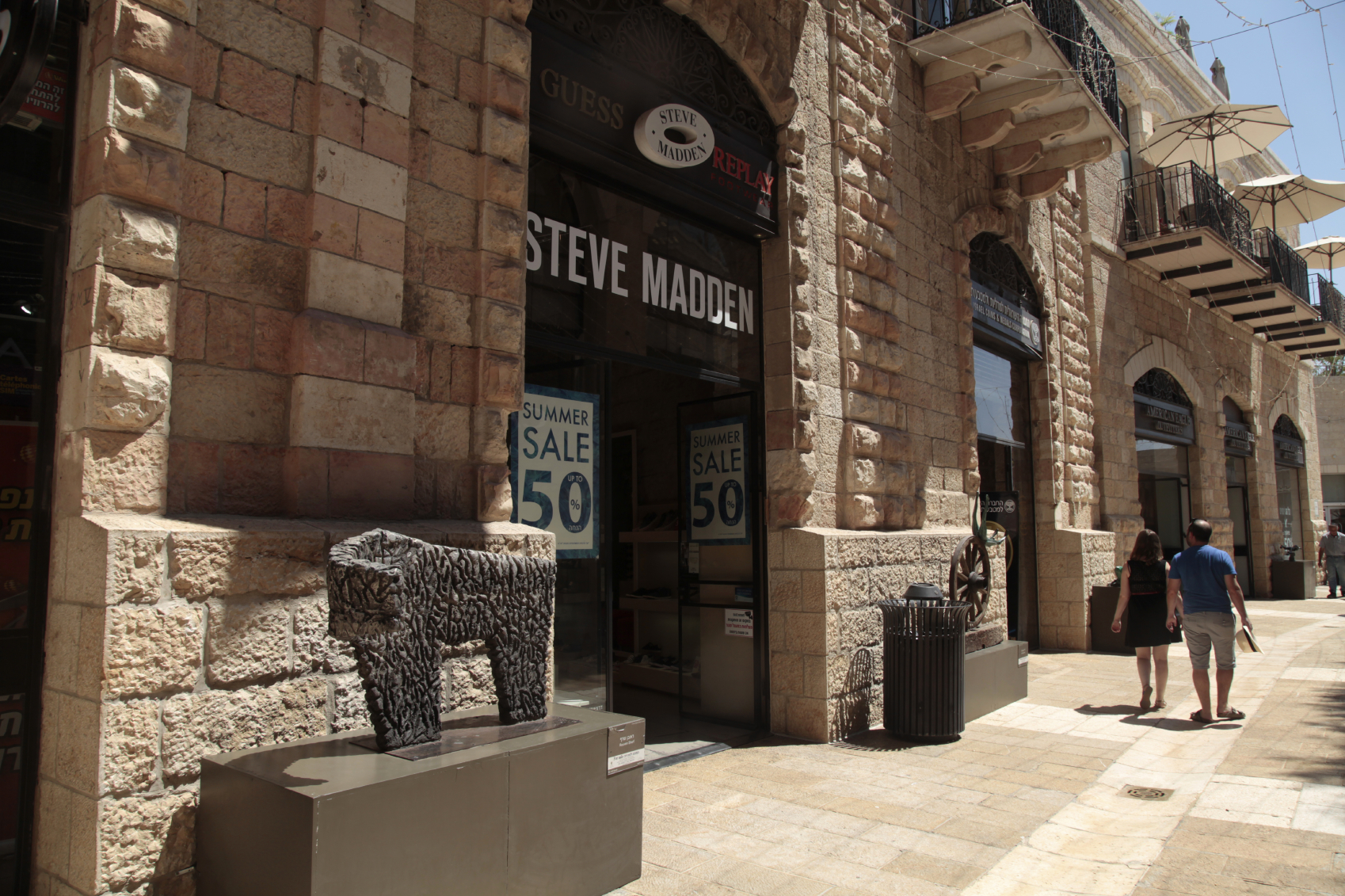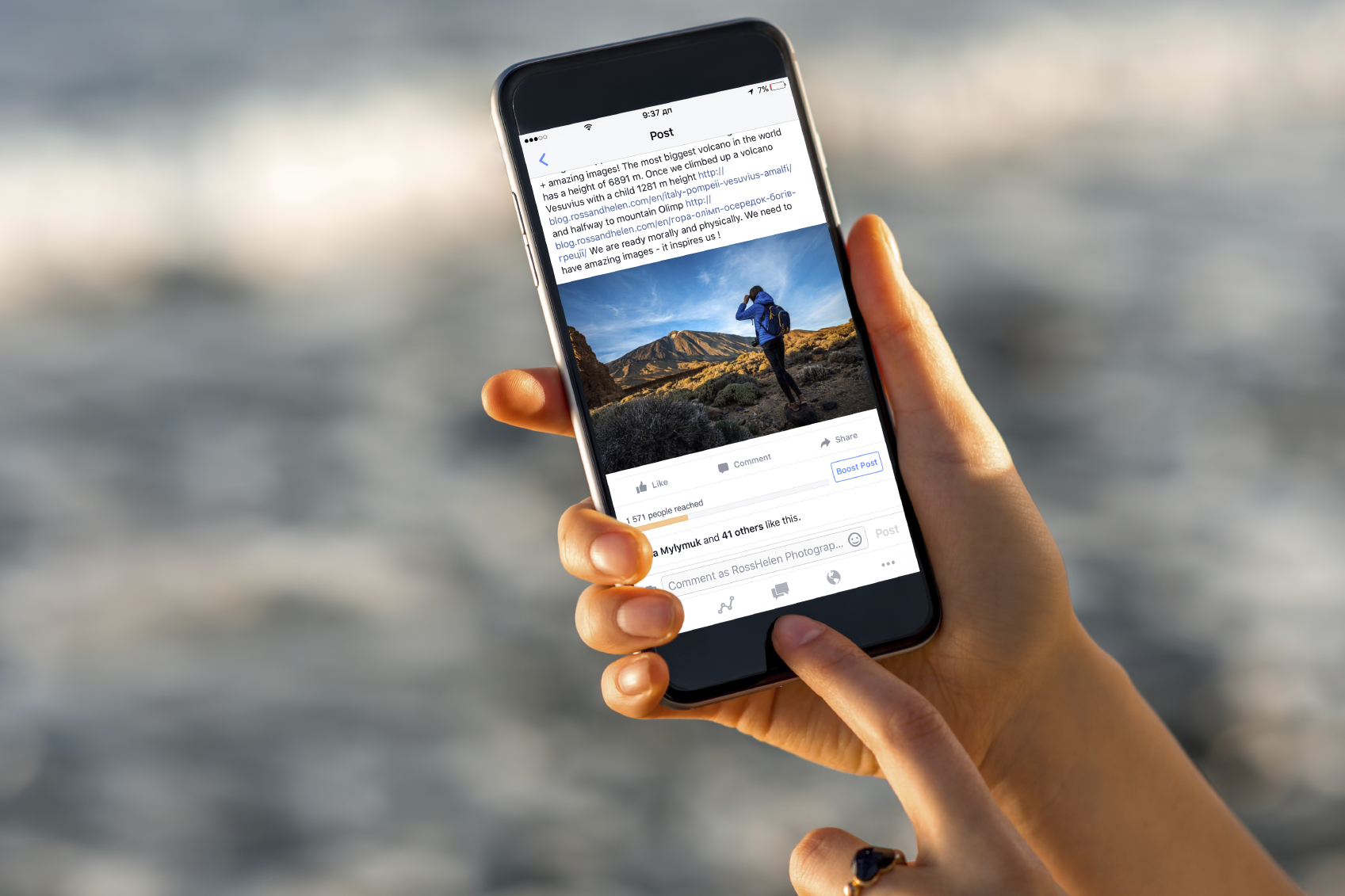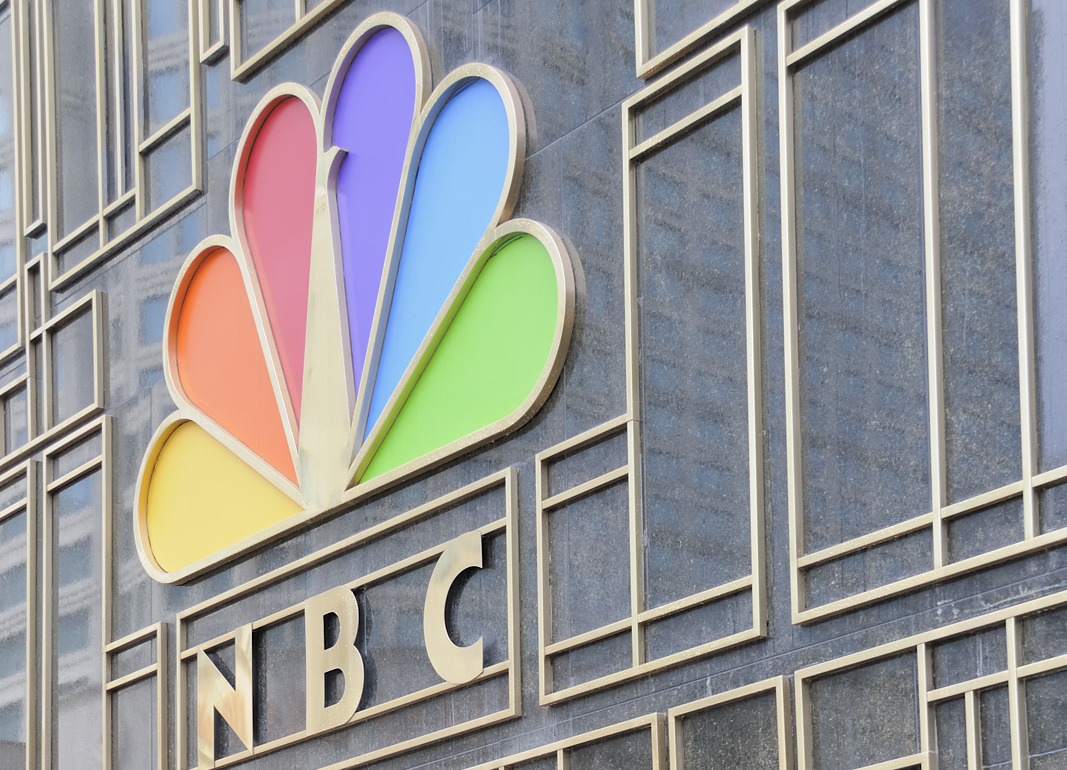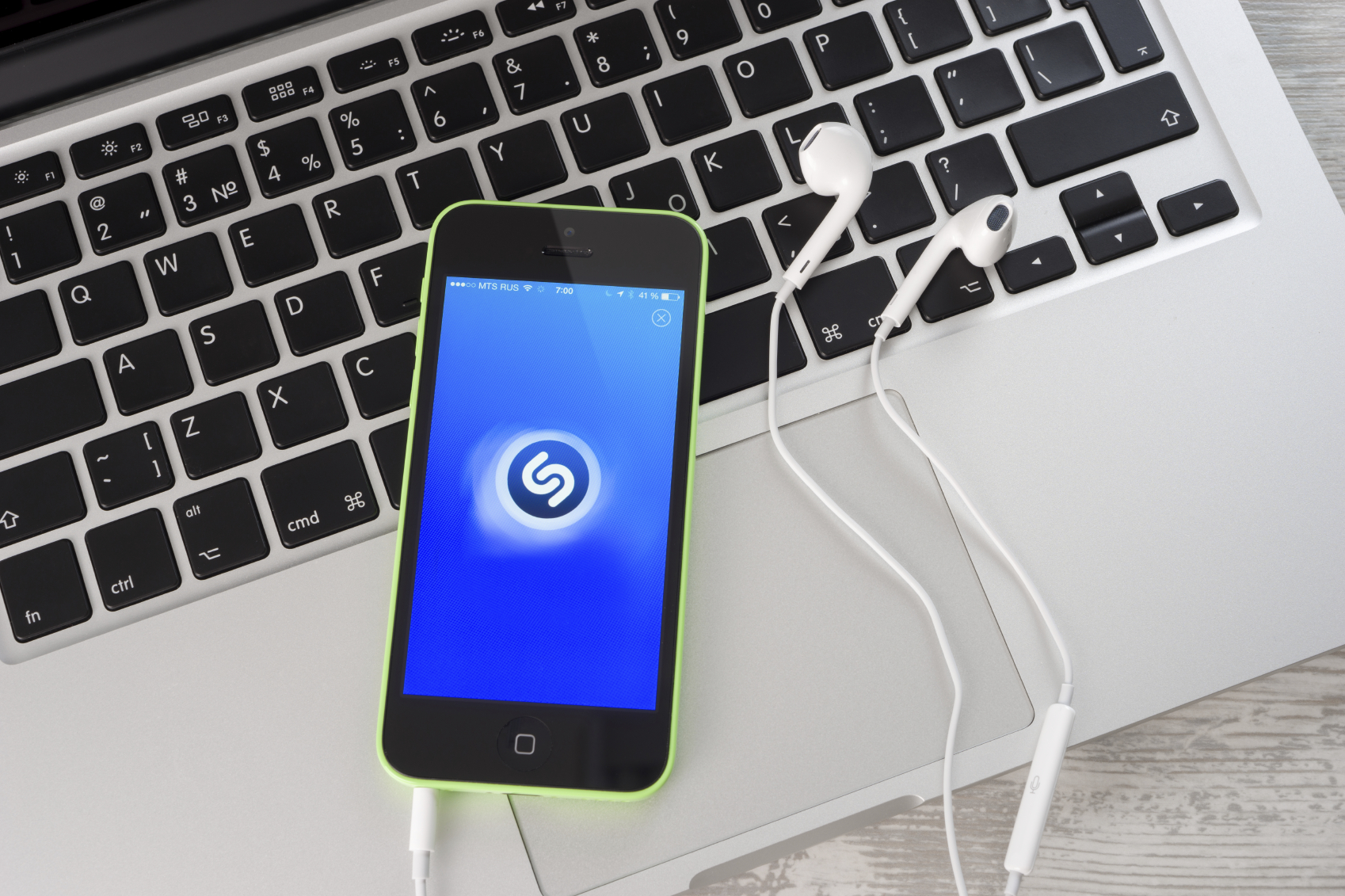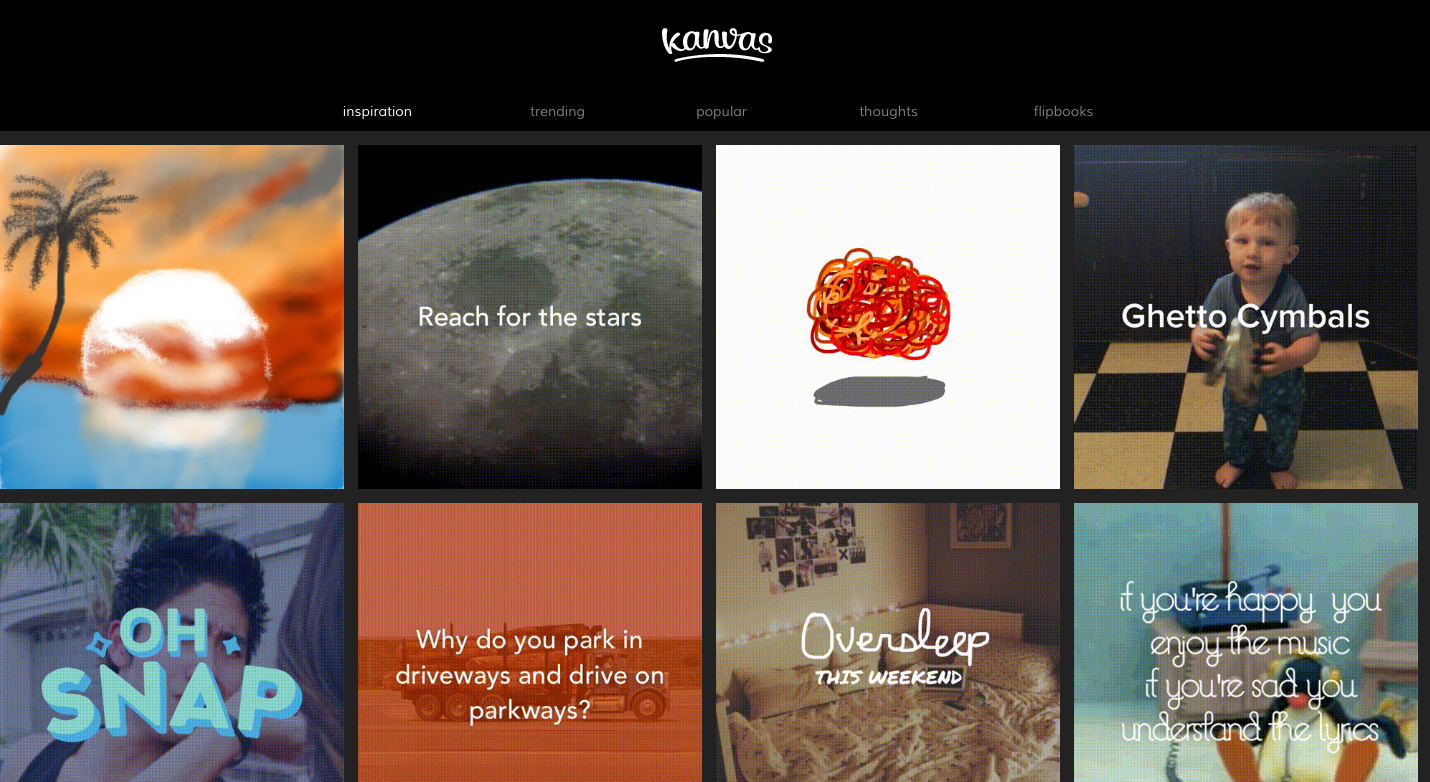What Happened
In its Q1 financial report released last Thursday, LinkedIn reported that its ad revenue hit $154.1 million in the first quarter of 2016, growth of 29% year over year. This solid performance is mostly attributable to the company’s recent pivot from banner ads to sponsored content, which grew by nearly 80% year over year, whereas its display ad revenue dropped by 30%. The professional social network also reported that sponsored content ads, which allow companies to place posts in news feeds or pin on their own pages, now account for 56% of its overall ad revenue. As part of its ad strategy pivot, LinkedIn shut down its off-site display ad network in February to focus on sponsored content instead.
What Brands Need To Do
LinkedIn’s solid ad revenue growth shows that its ad strategy pivot is paying off. At a time when ad blockers and subscription-based streaming services are enabling millions of consumers to avoid ads, it is important for brands to try out new ways, such as sponsored content and native ads, to engage with their audience. Unlike other social media sites, LinkedIn benefits from its singular focus on professional networking, which can help brands, especially B2B ones, reach the right people in the companies and industries of their choice.
For more information on how brands should leverage interesting branded content to earn consumer eyeballs, check out the Ad Avoidance section of our Outlook 2016.
Source: Marketing Land

